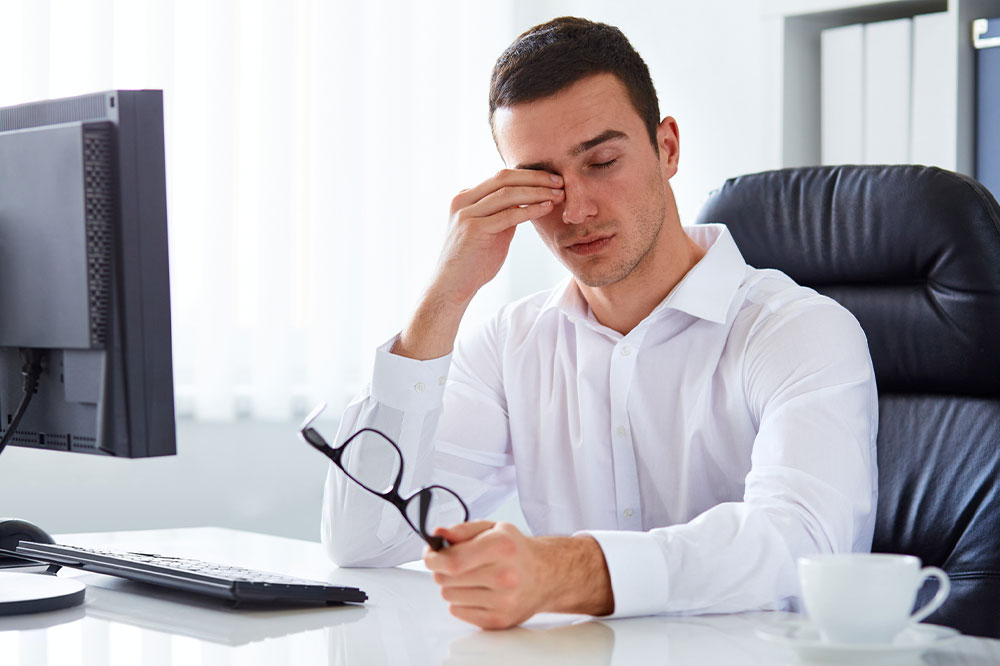4 habits that are bad for vision

Having 20/20 vision or poor eyesight is not in one’s control. Any changes in eyesight are predominantly dependent on one’s genetics. Not to mention, age can also play a role in worsening one’s vision. But, experts also believe that many everyday habits could be a factor in this deterioration. In this article, we focus on understanding these habits, how they harm us and discuss ways to tackle them.
Avoiding eye protection
One of the biggest causes of eye and eyesight damage is the lack of proper eye protection when doing certain tasks. There are many everyday tasks where dangerous elements can enter the eye. The only way to prevent eye damage in such cases is to use proper safety sunglasses.
Excessive screen time
These days we rely on technology for even the most simple task. This has led to an increase in screen time for almost all professions. Not to mention, screens are also used in personal aspects. We love watching TV and browsing the Internet on our phones. But, all this screen time can have an adverse effect on one’s eyes. Staring at screens can make us blink less, which eventually dries out our eyes. Dry eyes tend to become red and itchy, affecting eyesight in the long run. While avoiding screens completely may not be a feasible option, the trick is to take breaks. It is also essential to avoid staring at screens at night as it can also lead to eyestrain and damage your sleep cycle.
Not eating healthy food
Our eyes need various vitamins, minerals, and antioxidants to function properly. This makes it very crucial to eat proper, balanced, and healthy meals throughout the day. Foods with vitamin C, A, E, and omega-3 fatty acids are a must-have. Don’t skip out on green leafy veggies. Also, keep reminders to drink water as dehydration can lead to dry, red, and itchy eyes.
Rubbing your eyes
Another common habit that can lead to eye damage is rubbing your eyes. Itchy eyes can be very troublesome, but rubbing your eyes can make the situation worse. Rubbing can lead to unnecessary pressure on the eyeballs and even lead to scratches. Instead of rubbing, you can opt to use a cold compress to tackle irritation.

